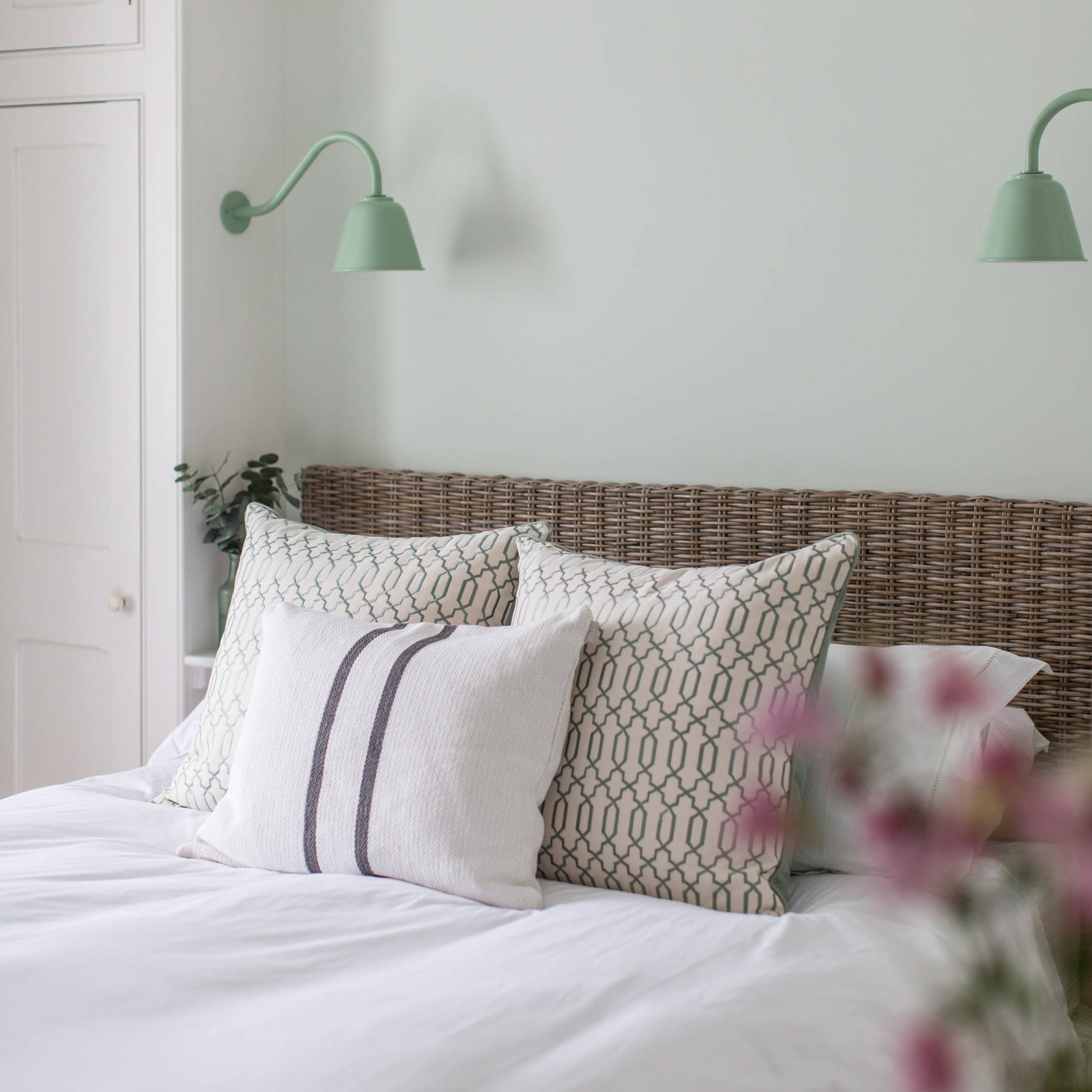
Shedding Light on Sloped Ceilings: Designing with Style and Functionality
Introduction
Sloped ceilings can be a challenge to design and decorate, but they also offer unique opportunities to create a stunning, inviting space. One of the key elements to consider when designing a sloped ceiling is lighting. The right lighting can create a warm and welcoming environment, while also drawing attention to the architectural details of the ceiling. In this article, we will explore different types of sloped ceiling lights and design tips to help you create a space that combines style and functionality.
Types of Sloped Ceiling Lights
There are several types of lights that work well with sloped ceilings. Some popular choices include:
1. Recessed Lighting
Recessed lighting is a classic choice for sloped ceilings. The fixtures are hidden within the ceiling, creating a streamlined, modern look. They can also be angled to highlight specific areas of the room.
2. Pendant Lighting
Pendant lights are another great option for sloped ceilings. They add a touch of elegance and charm to any space, and come in a wide range of styles and sizes. A single pendant can serve as a focal point for the room, or multiple pendants can be clustered for a more dramatic effect.
3. Chandeliers
Chandeliers work particularly well in rooms with high ceilings and sloped roofs. They add a touch of luxury and sophistication, while also providing ample lighting. For best results, choose a chandelier that complements the style of the room.
4. Track Lighting
Track lighting is a versatile option that works well with sloped ceilings. The track can be installed at an angle, allowing the lights to be adjusted to highlight different areas of the room. This is particularly useful in rooms with multiple functions, such as kitchens or living rooms.
Design Tips for Sloped Ceiling Lights
When selecting lighting for a sloped ceiling, there are several factors to consider:
1. Height
Make sure to measure the height of the room before selecting lighting fixtures. Choosing a fixture that is too tall can make the room feel cramped and claustrophobic, while choosing a fixture that is too small can make the room feel unfinished.
2. Angle
Consider the angle of the ceiling when selecting lighting. Fixtures that are flush with the ceiling may not work well with steep sloped ceilings, while fixtures that hang too low can create a hazard.
3. Style
Select lighting fixtures that complement the overall style of the room. For example, a modern pendant light might not work well in a traditional space, while a crystal chandelier may appear out of place in a minimalist room.
4. Functionality
Consider how the space will be used when selecting lighting. Will the room be used for reading or working? If so, task lighting may be necessary. Will the room be used for entertaining? If so, a statement piece like a chandelier can create a sense of drama.
